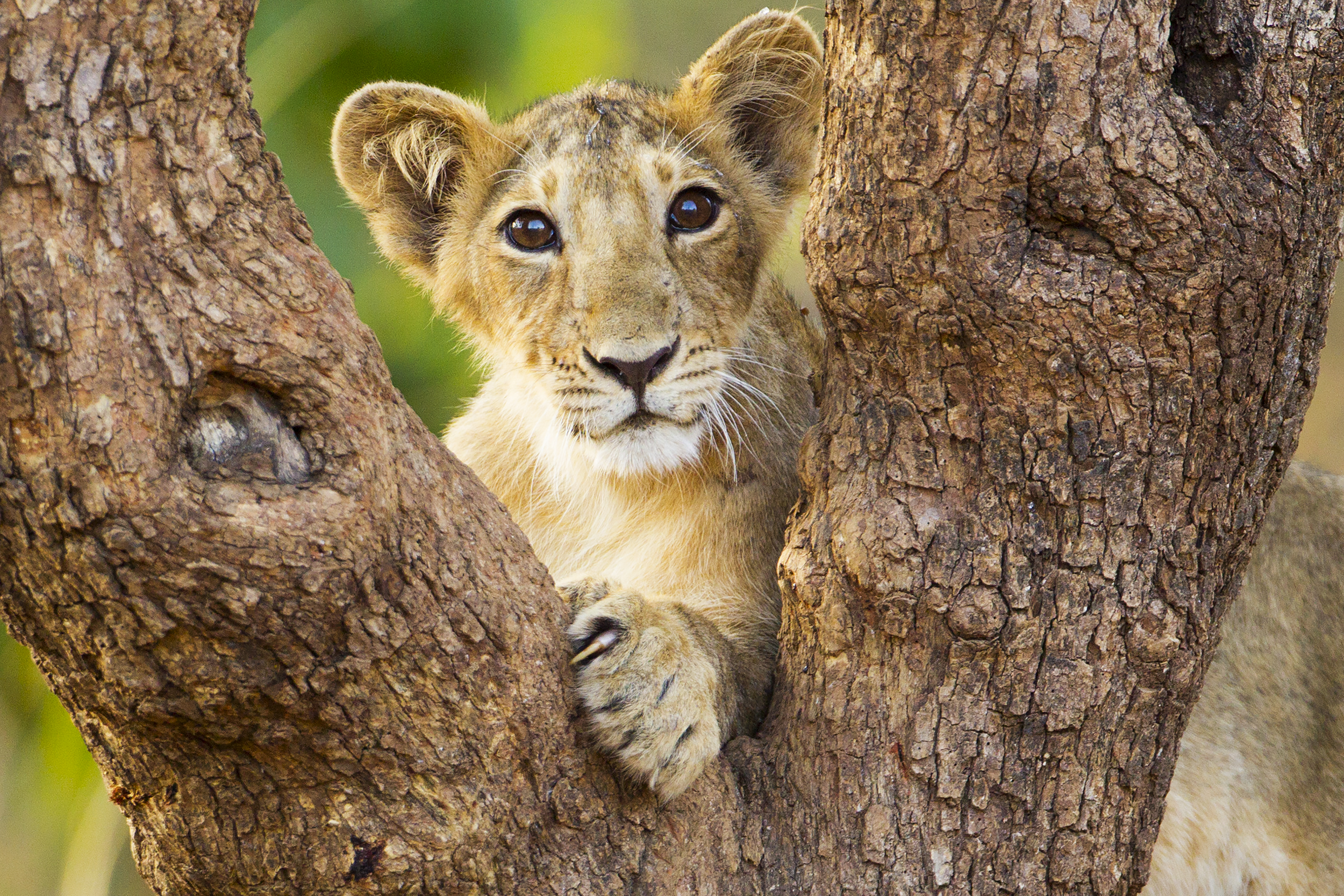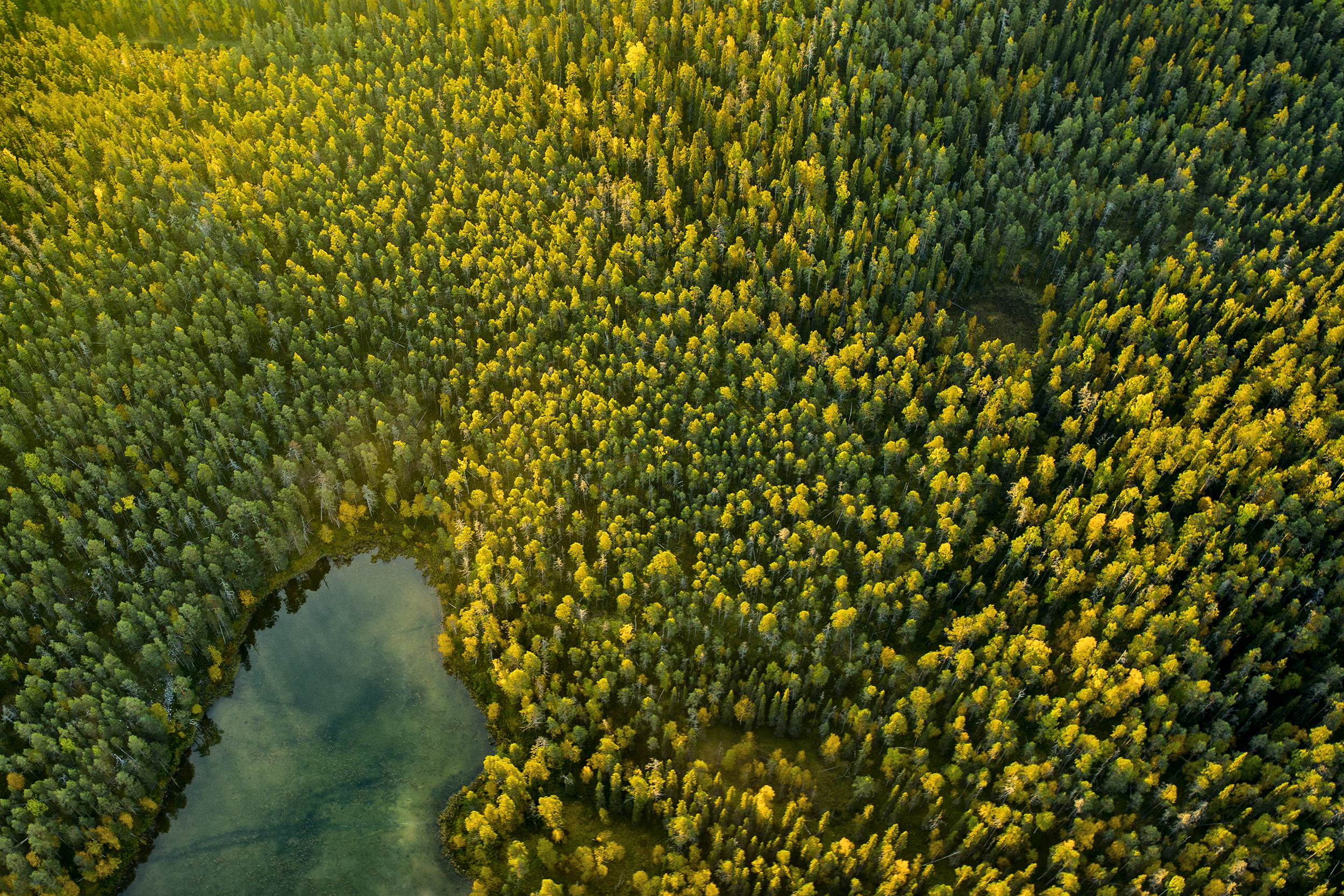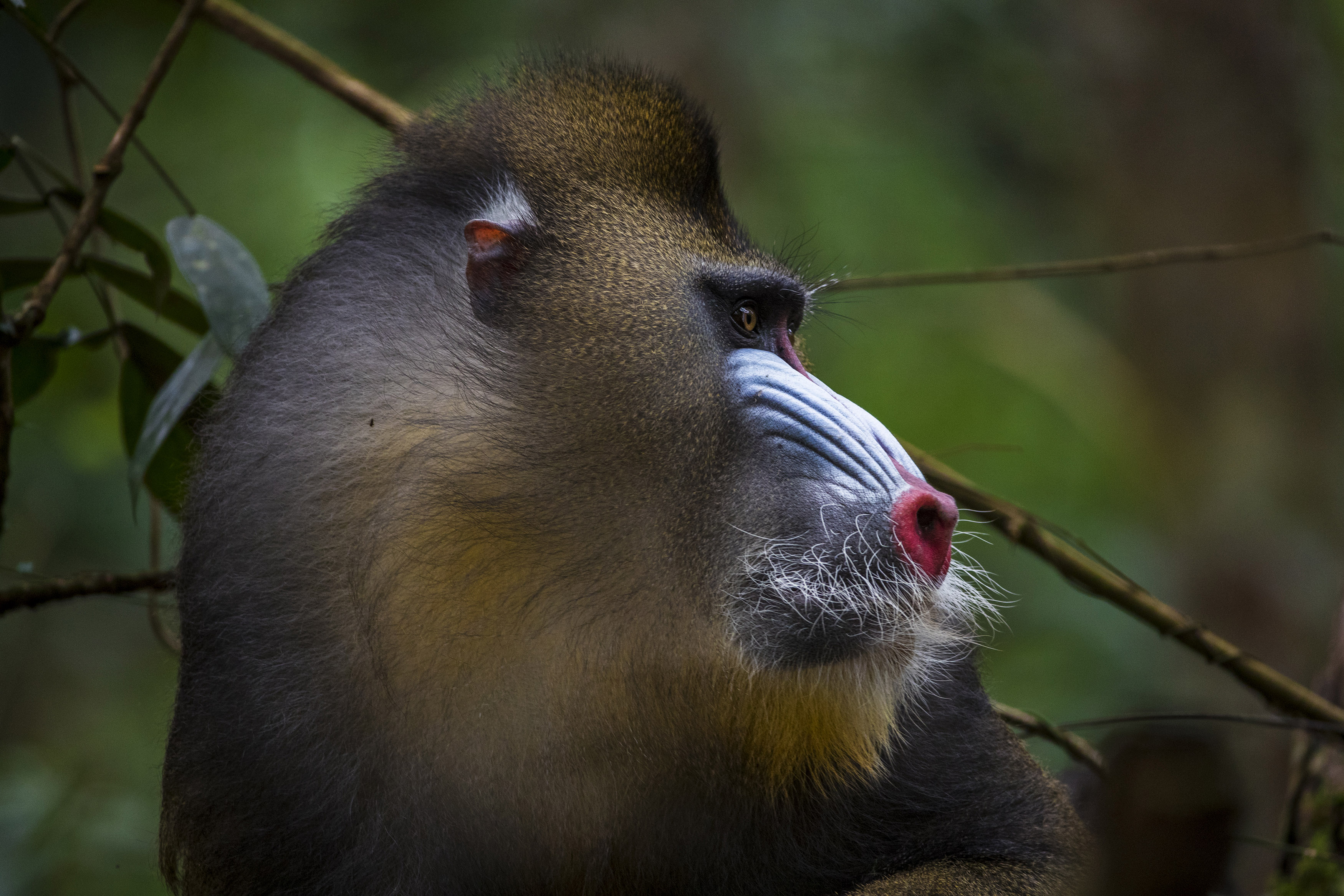INDIA
There is silence. Everything is quiet and not even the wing of a bird flying by can be heard. It is like everything is holding its breath, in excitement, in respect and in fear of this mighty cat. From our vantage point, behind the thick leaves of the saal tree, it is difficult to see any of these great cats despite being the largest of all cats. Capturing a stunning image of a tiger is not something that comes along everyday.
One tiger sighting we will never forget was in the far northeast corner of India in the Kaziranga National Park. This is also home to the greater one horned rhino, and an estimated two thirds of the world’s population roam here. It is said that this area has the highest tiger population in the world. That being said, we know that seeing a tiger in Kaziranga is more than difficult, so our intention was to photograph the powerful rhinos in the 3-metre-tall elephant grass.
After a long day in the field and with our cameras packed away to protect them from the dust, a giant tiger appeared, right in front of us. All the deer looked petrified and stood completely still. We scrambled to help each other get just one camera set up, and ready to go. In a kind of speedy, slow motion, our bodies were now positioned flat on the ground. We had no visual of the tiger and the only proof of its presence was the deer staring in the same direction. We were not sure where the giant cat would emerge from. We hoped it wouldn’t come too close. Not that we were afraid, but more because we had chosen the big lens and close proximity would ruin the photo. But we got lucky. It was perfect. And the low light, marking the end of the day, gave the image a grainy and arty effect that embodied the dramatic feeling of being so close to a wild tiger.
CONSERVATION ISSUES
THE LAST GLADIATORS OF INDIA
We want to tell you a short story of how an image can make a difference in nature conservation. Uri was on assignment for BBC Wildlife to document the last endangered Asiatic lions of India (a subspecies of the African lion) living on the brink of existence in the dry Gir Forest in the state of Gujarat in 2011. His images were published in BBC Wildlife magazine Discover Wildlife and was later featured as a cover story in BBC Knowledge India which gave rise to increased awareness of the plight of the lions.
There are approximately 500 Asiatic lions left in the world. These are India’s last gladiators, the Asiatic lion of the Gir Forest. Not many people know that lions once roamed outside the continent of Africa. These lions have been displayed on the ancient temple and palace walls of Mesopotamia and Persia. It is said that these cats once fought alongside gladiators in Rome.
The cats are facing several conservation issues. The sanctuary they live in is too small to sustain them and they only live in one wild location in India which makes them very prone to diseases. We need to be their gladiators today, to help them have enough land to live on.














